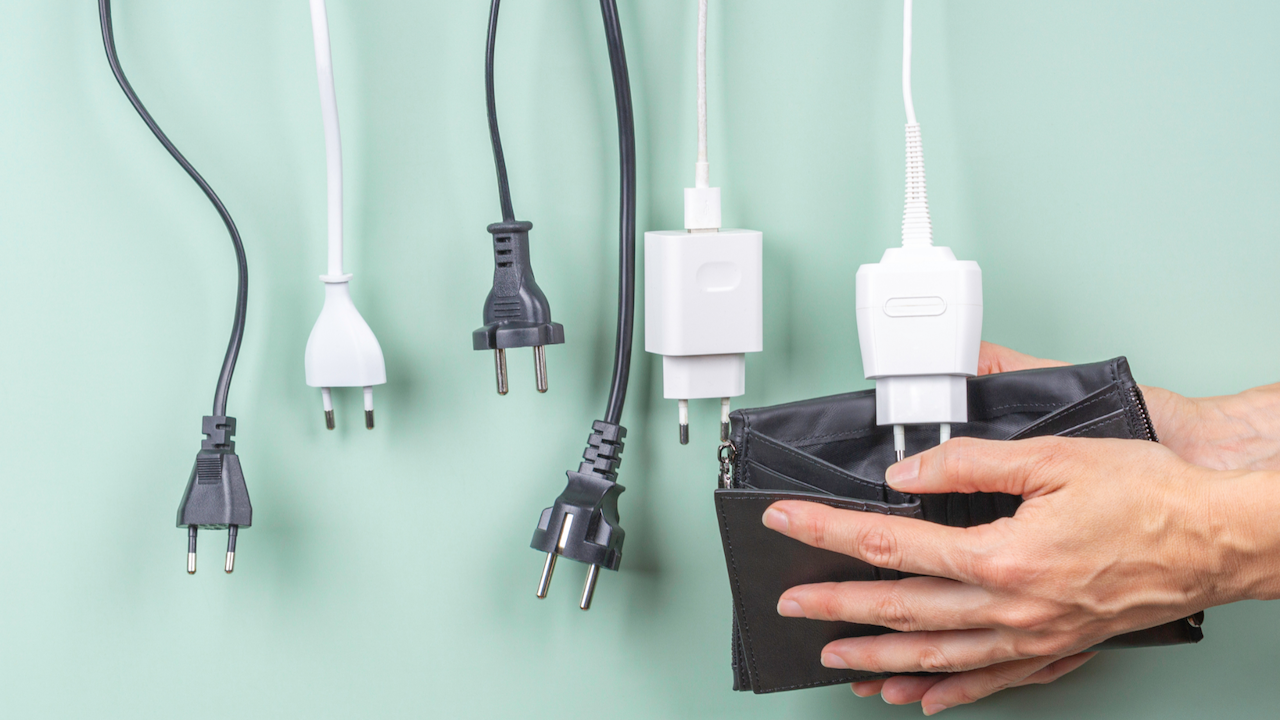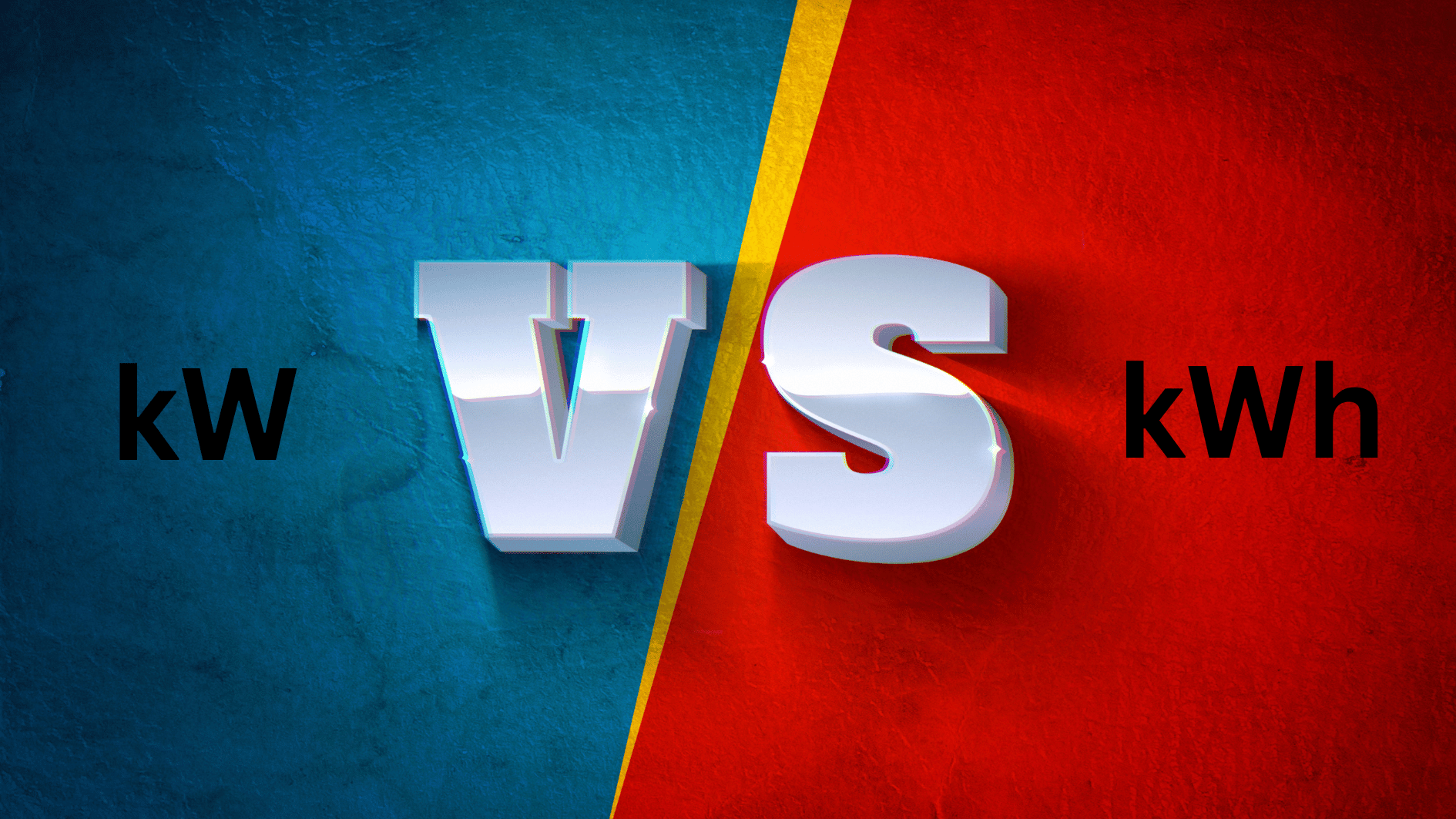Image source: Canva.com
In today’s energy-conscious world, understanding wattage and electricity consumption is essential. This includes knowing how much power light bulbs use. Knowing a light bulb’s wattage helps in calculating electricity costs and reducing energy consumption. This article will explain how to determine a light bulb’s wattage and provide examples of different types of bulbs. With this information, you can confidently assess the power usage of various light bulbs.
How Much Energy Does a Light Bulb Consume?

The electricity usage of a light bulb is measured in watts. Household light bulbs typically use between 40 and 100 watts, with brighter bulbs consuming more power. The actual usage depends on the bulb type, brightness, and usage duration. For example, a bulb used for one hour will consume less electricity than one used for two hours.
To calculate a light bulb’s electricity usage over time, multiply its wattage by the number of hours it is used. For instance, a 60-watt bulb used for 8 hours a day will consume 480 watts daily. Converting this to kilowatt-hours (kWh), you multiply by 0.001, resulting in 0.48 kWh per day.
To determine monthly or annual electricity usage, multiply the daily kWh by the number of days in the month or year. For a 60-watt bulb used 8 hours a day, the monthly consumption is 2.88 kWh (0.48 kWh × 30 days). Over a year, this totals 34.56 kWh (2.88 kWh × 12 months).
Adjust these figures based on actual usage to get an accurate measurement.
Annual Electricity Use for Different Light Bulbs
Light bulbs come in various wattages, affecting their annual electricity consumption. A higher wattage bulb uses more energy per hour compared to a lower wattage one. For example, a standard incandescent bulb typically uses between 40 and 100 watts.
To calculate annual electricity use, multiply the bulb’s wattage by the hours it’s used yearly. For instance, a 60-watt incandescent bulb used 4 hours daily amounts to 1,460 hours per year (365 days × 4 hours). This results in 87,600 watt-hours (Wh) or 87.6 kilowatt-hours (kWh) annually.
Energy-efficient bulbs, like compact fluorescent lamps (CFLs) or light-emitting diodes (LEDs), use less power. For example, a CFL might use 14 watts and an LED just 8 watts. Choosing these can significantly reduce annual electricity consumption.
By selecting energy-efficient bulbs and minimizing their usage, you can effectively lower your home’s electricity consumption.

Understanding the Power Consumption of Your Household
Do Light Bulbs Use a Lot of Electricity?
When considering energy savings, one key question is how much electricity a light bulb uses. The primary factor affecting a bulb’s energy consumption is its wattage, which measures the amount of power it consumes while in use.
Standard incandescent light bulbs typically use between 40 and 150 watts, depending on their size and wattage. In contrast, compact fluorescent lamps (CFLs) usually use between 10 and 23 watts, and LED bulbs range from 3 to 25 watts. Generally, larger bulbs with higher wattages consume more energy.
Besides wattage, other factors influence a bulb’s energy consumption. The color temperature of a bulb, which determines its brightness and hue, can affect wattage. Higher color temperatures often require more power. Additionally, the type of bulb and its lifespan impact energy use. LED bulbs, for example, last longer (usually between 25,000 and 50,000 hours) and can reduce long-term energy costs.
Energy consumption also varies by application. While a single bulb in a living room may not use much electricity, the combined wattage of multiple bulbs throughout a house can significantly increase overall energy use.
In summary, the wattage of a light bulb is a crucial factor in determining its energy consumption. Incandescent bulbs generally use more power than CFLs and LEDs. Additionally, color temperature and bulb lifespan also play roles in overall energy use. When lighting multiple areas, considering these factors helps manage electricity consumption effectively.

How Bright Is a 100-Watt Bulb?
A 100-watt light bulb is commonly used in residential settings such as living rooms, bedrooms, and hallways. To gauge its brightness, it’s essential to understand that watts measure energy consumption rather than brightness. Generally, higher wattage bulbs use more energy and produce more light. Thus, a 100-watt bulb is brighter than a 60-watt bulb.
A 100-watt bulb typically emits around 1,600 lumens, which is considered bright for residential use. In comparison, a 60-watt bulb emits about 800 lumens. This makes the 100-watt bulb a preferred choice for areas needing more illumination.
However, the brightness also depends on the type of bulb. Incandescent bulbs are known for emitting the highest number of lumens per watt. Halogen and LED bulbs, though more energy-efficient, generally produce fewer lumens per watt, which may affect perceived brightness.
Additionally, the size of the bulb can influence its brightness. A larger bulb, such as an A19, usually emits more lumens compared to a smaller bulb, like an A15.
In summary, a 100-watt bulb offers substantial brightness, emitting approximately 1,600 lumens. The actual brightness can be influenced by the bulb type and size, so consider these factors when choosing the appropriate bulb for your needs.

kW vs. kWh: Understanding the Difference Between Kilowatts and Kilowatt-Hours
How Many Watts Is a Standard Light Bulb?
A light bulb’s energy consumption is measured in watts, which is usually indicated on the bulb itself. The wattage depends on the bulb type and its filament’s power. Traditional incandescent bulbs typically range from 40 to 150 watts. In contrast, more energy-efficient options, such as compact fluorescent lamps (CFLs) and light-emitting diodes (LEDs), generally use between 5 and 20 watts.
Higher wattage bulbs produce more light, meaning a 100-watt bulb is brighter than a 40-watt bulb, but it also consumes more energy. The appropriate wattage for lighting a room depends on its size, the number of bulbs, and the bulb type. Typically, a 40 to 60-watt bulb can effectively illuminate a small room.
Additionally, the lumens output of a bulb, which measures the total amount of light produced, is crucial. For example, a 40-watt bulb emitting 500 lumens provides similar brightness to a 100-watt bulb with 1,000 lumens.
When selecting a light bulb, consider not only the wattage and lumens but also the type, quality, and cost of the bulb. Energy-efficient bulbs like CFLs and LEDs may have a higher upfront cost but offer longer lifespans and lower energy consumption.
In summary, incandescent bulbs typically use 40 to 150 watts, while CFLs and LEDs use 5 to 20 watts. When choosing a bulb, factor in wattage, lumens output, bulb type, quality, and cost to make an informed decision.
Factors Affecting Light Bulb Wattage
Type of Light Bulb
The type of light bulb significantly affects its wattage. Incandescent bulbs generally use more power compared to LEDs or CFLs. Wattage varies based on the bulb’s size, shape, socket type, and the voltage supplied. Understanding these factors is crucial, as different bulb types offer varying brightness and energy efficiency levels. For instance, an incandescent bulb typically consumes more watts and produces more heat compared to a more energy-efficient LED bulb.
Bulb’s Voltage Rating
The voltage rating of a light bulb, indicated in volts (V), is another key factor in determining its wattage. A higher voltage rating often means higher wattage consumption. For example, a 120V bulb will use more watts than a 60V bulb. When purchasing a new bulb, ensure its voltage rating matches your fixture to avoid compatibility issues or premature burnout.
Life Expectancy of the Bulb
The lifespan of a bulb varies with its type and usage. Incandescent bulbs generally last between 750 and 2,000 hours, while Compact Fluorescent Lamps (CFLs) can last up to 10,000 hours. LEDs are even more durable, often reaching up to 25,000 hours or more. Halogen bulbs typically last between 1,000 and 2,000 hours. Lower-wattage bulbs usually have longer lifespans, but LEDs, with their lower energy consumption, tend to outlast other types.
Energy Consumption Per Hour
To determine how much energy a bulb consumes per hour, use the formula: energy (in watt-hours) = power (in watts) × time (in hours). For example, a 100-watt bulb uses 100 watt-hours of energy in one hour. The total energy consumed will vary based on usage time and the power usage of the home.
Wattage Range of Light Bulbs
Light bulbs come in a broad range of wattages, from as low as 1.5 watts to over 500 watts. The choice of wattage depends on the desired brightness and the lighting’s purpose. Lower wattage bulbs are often used for decorative purposes and are generally cheaper. Mid-range wattages are common for general home and office use, while higher wattage bulbs are typically employed for task lighting and can be more energy-efficient despite higher energy consumption.





